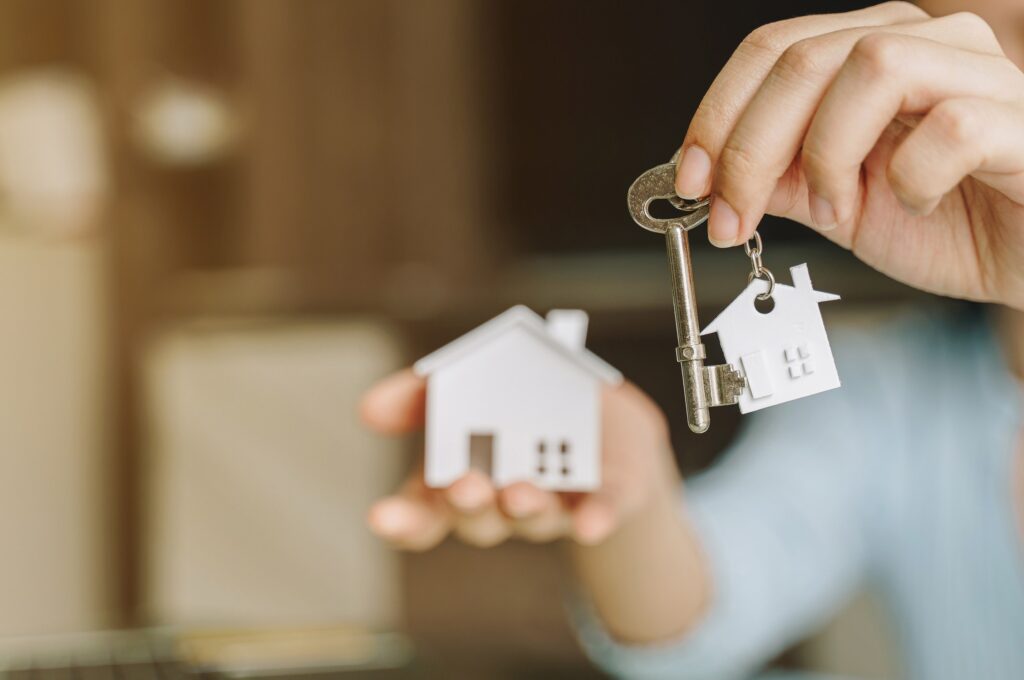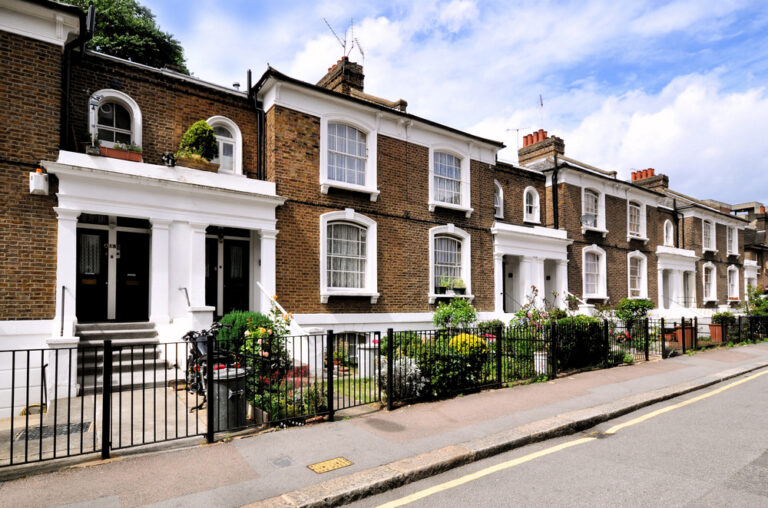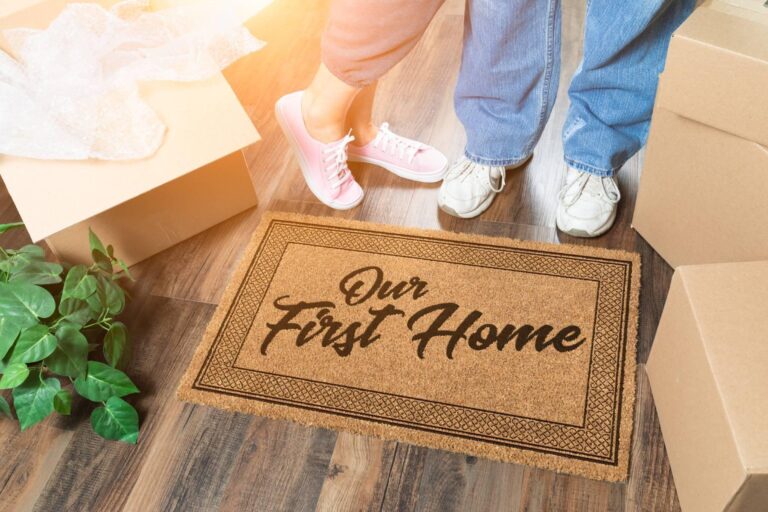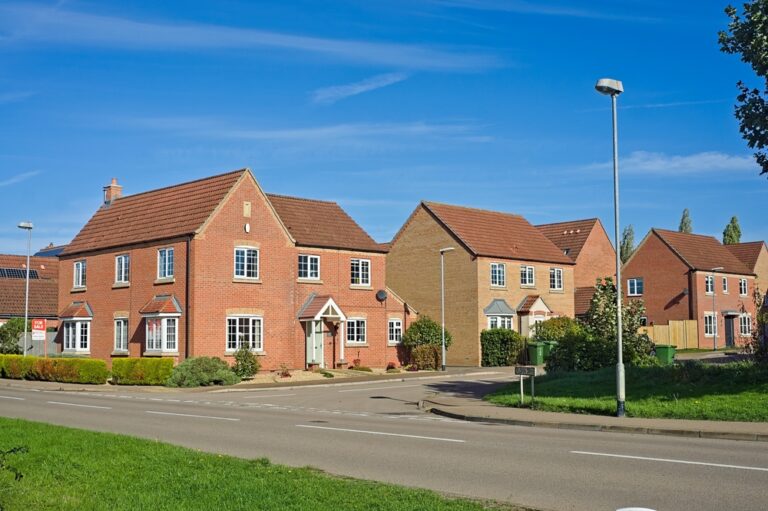Buying a property isn’t simply a case of finding a home and purchasing it.
There are several different types of home ownership and each one comes with its own set of pros and cons.
Our comprehensive guide can help when trying to work out which is best for you.
How many types of property ownership are there?
There are two main ways people can own property in England:
- Sole Ownership
- Joint Ownership
There are also different terms of ownership:
- Freehold
- Leasehold
- Shared Freehold
1. Sole ownership
Sole ownership means that only one person legally owns the property – even if more people are living there.
A sole owner is wholly responsible for the property and any debts secured on it, for instance through a mortgage.
2. Joint ownership
Joint ownership is classed as two or more people having equal ownership and rights over a property.
Joint ownership often occurs when a couple purchase a home, although there is no requirement for couples to be married to jointly own it.
Upon a joint owner’s death, the property automatically passes to the surviving owner without the need for a probate process.
3. Tenants in common
Another form of joint ownership, tenants is common is when two or more people own a property but with specific shares.
Those shares don’t need to be equal and can be divided however you see fit – for example, one ‘tenant’ could have a 60% share and the other a 40% share.
When one tenant in common passes away, the other doesn’t automatically acquire their share.
Instead, that share can be left to a beneficiary.
4. Freehold property
If you own the freehold of a property, you own the building and the land the property sits on.
You also have no limitations on tenure – meaning you can remain as owner of the property indefinitely.
The only time this may not be the case would be if your property was repossessed by a lender or creditor with a secured loan.
The pros and cons of freehold property
| Freehold pros | Freehold cons |
|
|
5. Leasehold property
Leasehold properties are those that are let to another property owner on a long lease for a fixed term.
Flats and apartments are generally leasehold, where the overall building is owned by a freeholder and each individual property is leased to its owner.
When a lease runs out, each property reverts to the freeholder’s ownership.
If you’re considering purchasing a leasehold property, look out for leases with less than 80 remaining – this could lower the value of the property, while some mortgage companies may be unwilling to lend on such a short lease.
The pros and cons of leasehold property
6. Shared freehold
If you live in a building where there are several leaseholders, you could consider buying the freehold for the building from the freeholder.
This gives you more control over your property and the costs associated with maintaining the land and building.
You’ll also be able to extend the lease more easily when you need to – potentially for up to 990 years.
It can be expensive to purchase a freehold, however.
| Shared freehold pros | Shared freehold cons | |
|
|
Shared Ownership
Under the Shared Ownership scheme, you can purchase a share in a new-build or existing Shared Ownership home and pay a reduced rent to a housing association on the share you don’t own.
For example, you could buy a 25% share in a property, meaning the mortgage and deposit you’d require would be much lower than if you were buying 100%.
To qualify for the Shared Ownership scheme, you must:
Be a first-time buyer, or
Be previous homeowner who can no longer afford to buy a property that suits your needs
Have a permanent right to live in the UK
Have a combined household income of less than £80,000 (£90,000 in London)
Selling a Shared Ownership property
When selling a shared ownership property, if you don’t own 100% of the home, your housing association has the first right to find a buyer for a fixed period.
If the property remains unsold after that fixed time, you can sell your share on the open market through an agent.
However, you’ll need to find a buyer who qualifies for the Shared Ownership scheme and who can afford to purchase your share in the property.
Some housing associations offer ‘back-to-back staircasing’. This is where a new buyer purchases both the seller’s share and housing association’s share when purchasing the property.
| Shared Ownership pros | Shared Ownership cons |
|
|








